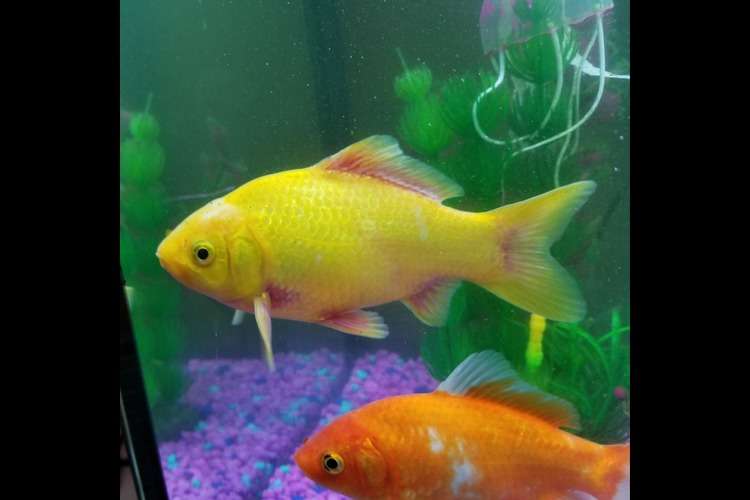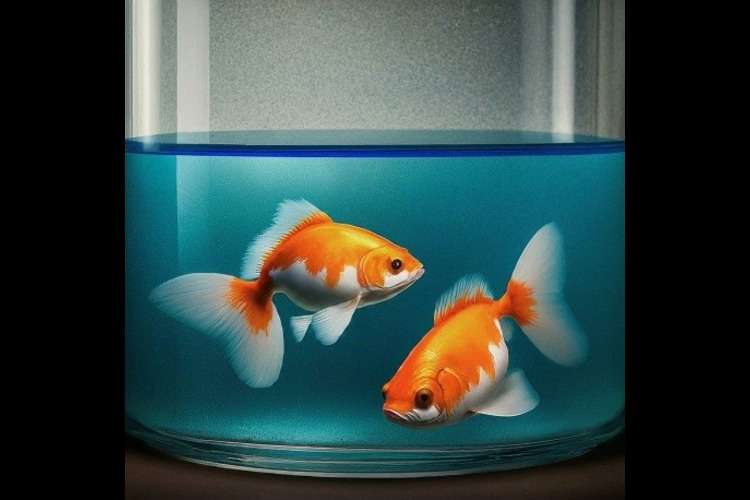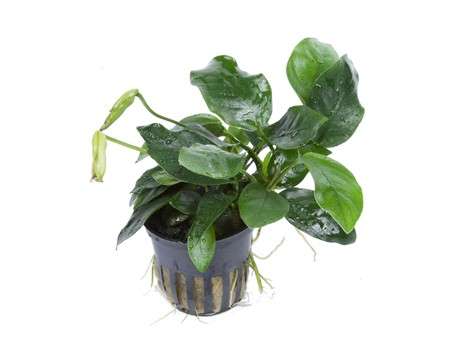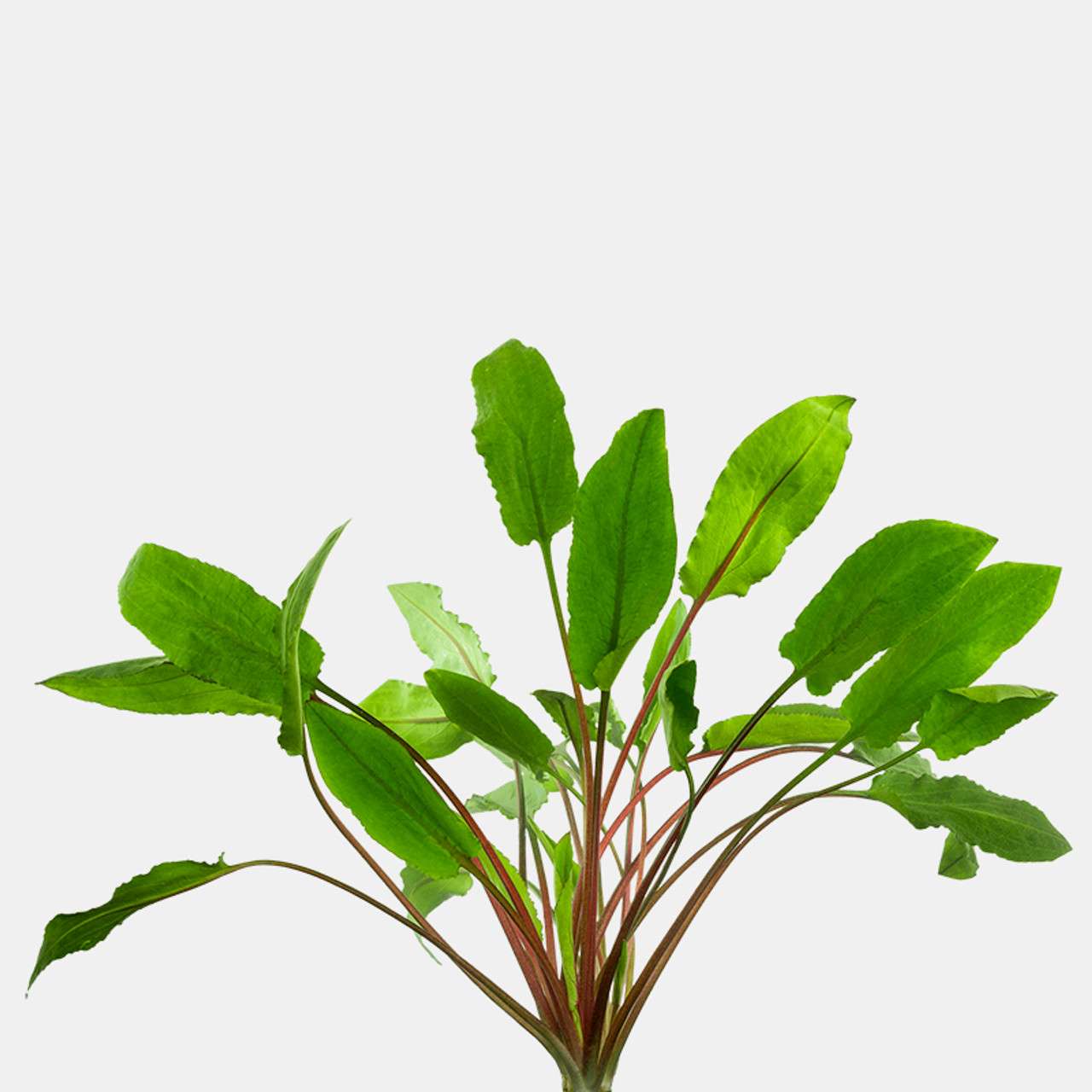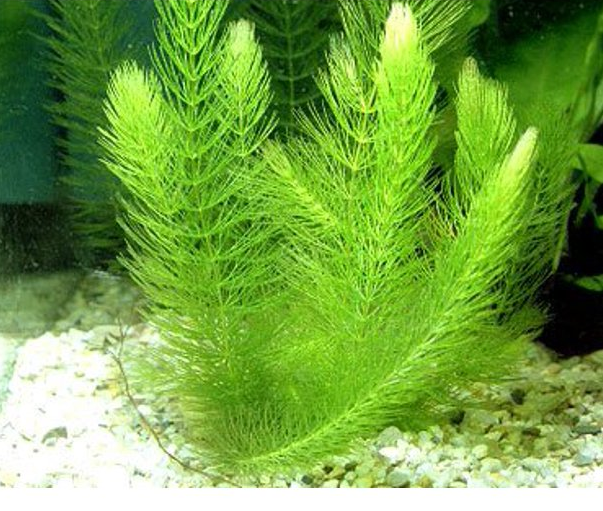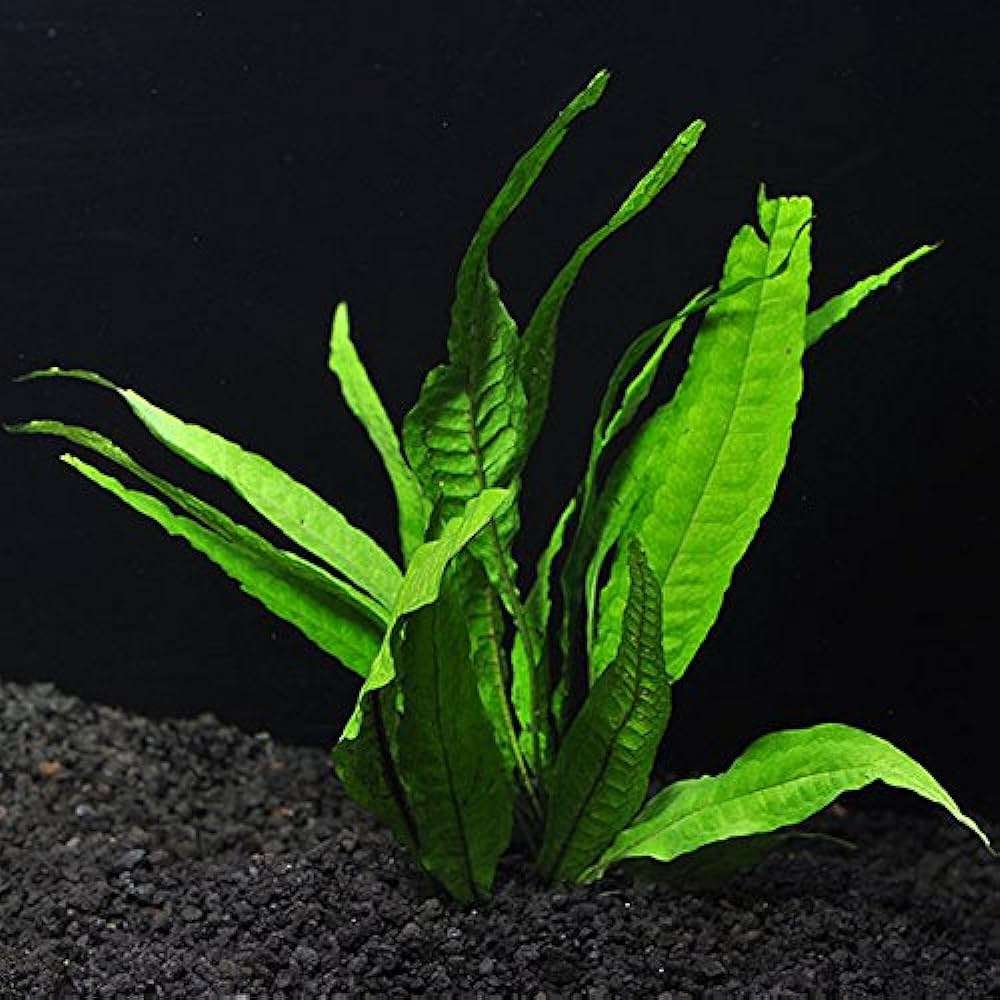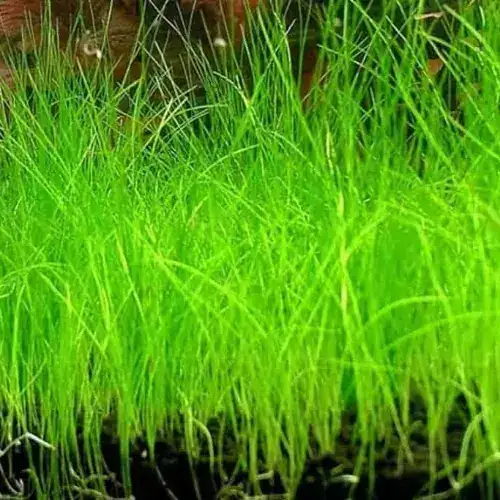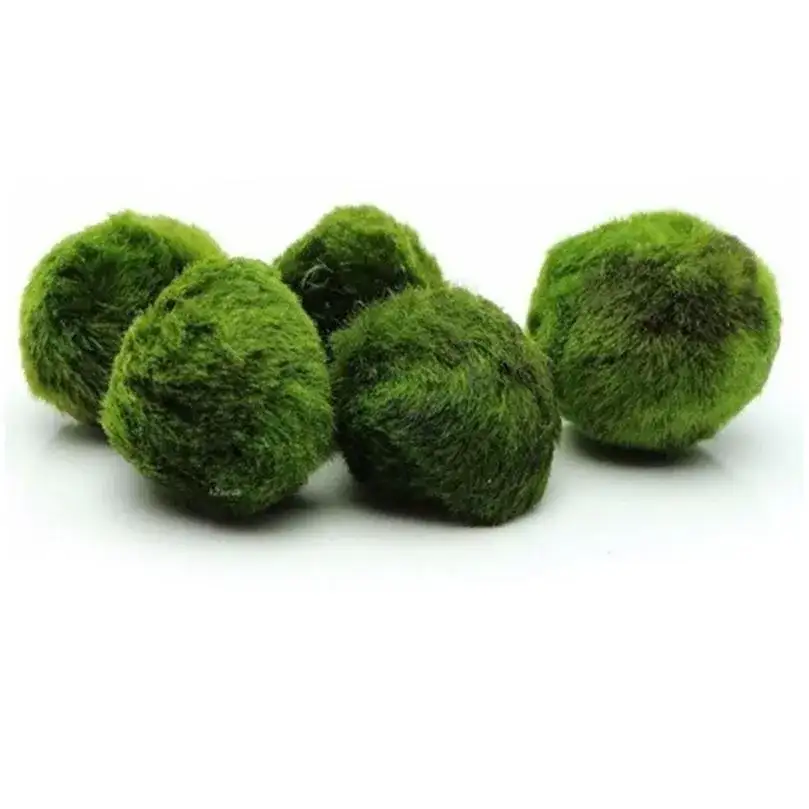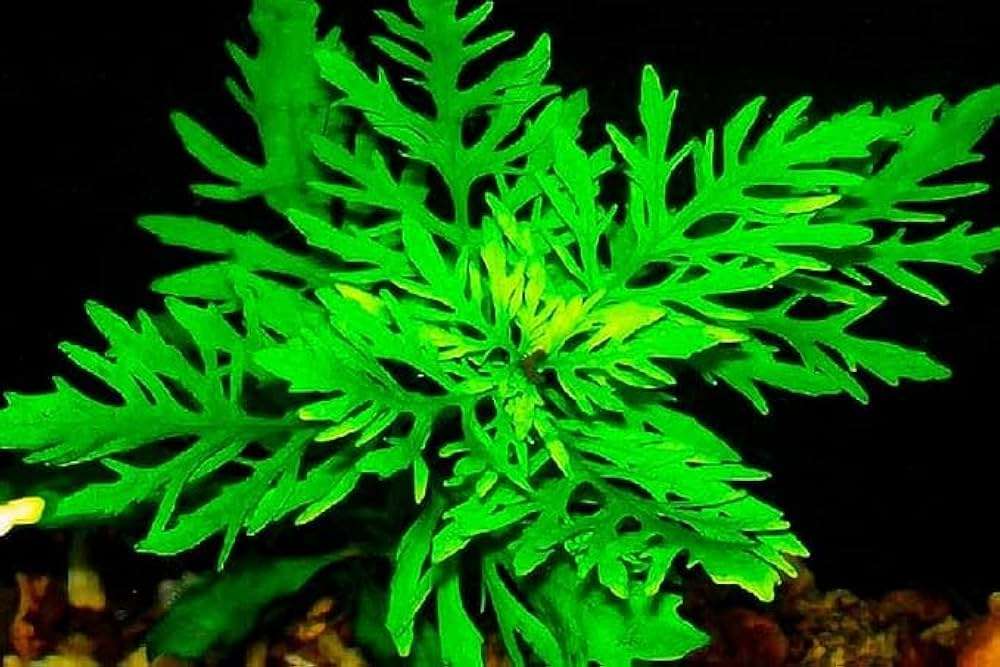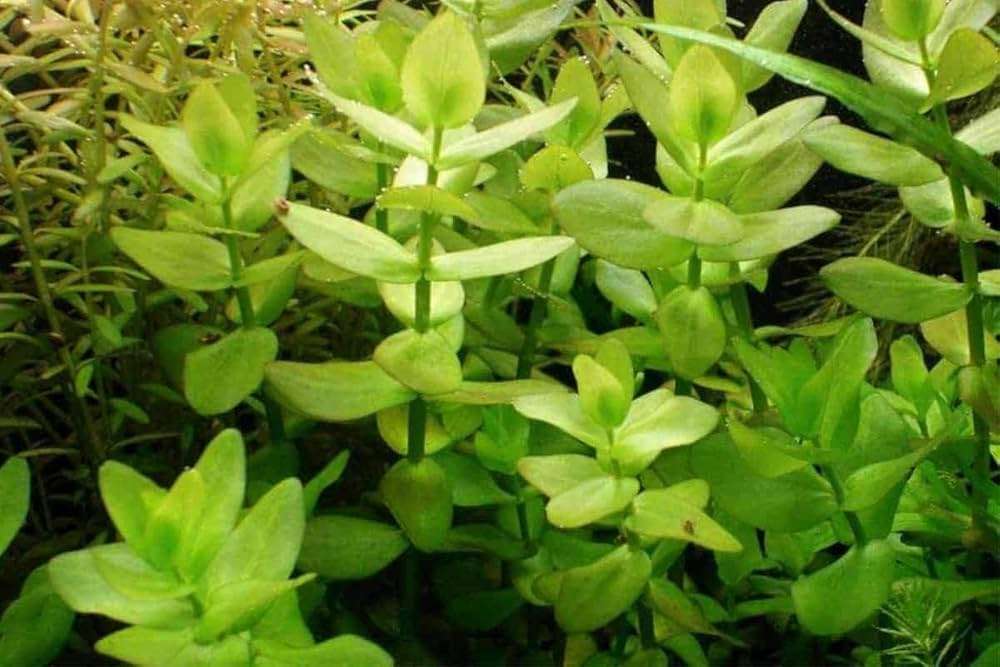Driftwood in Aquariums: Benefits & Proper Preparation
Driftwood enhances aquariums by improving water quality and aesthetics. Learn how to safely prepare and add driftwood to your tank for a thriving habitat.
Table of Contents
- What is Driftwood?
- The Role of Driftwood in Aquariums
- The Benefits of Adding Driftwood to Your Aquarium
- How to Prepare Driftwood for Your Aquarium
- Faq
- Conclusion
Driftwood is a sought-after natural product for use in aquariums that adds aesthetic beauty and fosters a healthy aquatic environment. Driftwood is basically wood that has been deposited on beaches or sunk into water bodies, aged by water and time. Driftwood is an incredible tank centerpiece while also providing some useful advantages to the aquatic ecosystem of the aquarium.

What is Driftwood?
Driftwood refers to any wood that has been naturally weathered by water. This includes pieces of wood that have been carried by rivers, streams, and oceans or have fallen into bodies of water. With time, these pieces of wood are trimmed and worn away by water, which renders them ready for aquarium use. Driftwood may be in several forms and woods, each with its own looks and characteristics. Some popular driftwoods used in the aquarium include mopani wood, Malaysian driftwood, and spider wood. Each has its own specifications regarding texture, color, and tank lifespan.

The Role of Driftwood in Aquariums
Though driftwood is generally admired for its beauty, it plays a number of significant roles in an aquarium. Here's a glance at some of the primary functions it plays:
Aesthetic Appeal
Driftwood provides a natural and organic appearance to aquariums. It replicates the type of environment present in wild rivers, lakes, and forests, which can beautify the tank as a whole. Its complex shapes, textures, and colors can form aesthetically pleasing focal points in your aquarium.

Providing Hiding Spaces
Most aquatic animals, particularly shy or territorial fish, find the hideaways created by driftwood comforting. The nooks and projections created by wooden pieces offer fish a secure and comfortable place to withdraw to, lowering stress levels and encouraging more natural behavior.

Water Quality Benefits
Driftwood tends to leach tannins into the water, slightly acidifying the pH of the aquarium. This is especially well-suited to some species of fish that prosper in a weakly acidic environment, including tetras and a few types of catfish. The tannins also cause the water to soften, making it suitable for fish that do best with low mineral levels.

Fostering Beneficial Bacteria Growth
Driftwood can facilitate the growth of beneficial bacteria and microorganisms that help promote the overall health of your tank. These bacteria will be able to decompose organic waste, thereby helping to sustain water quality and the balance of the tank's ecosystem.
Fostering Natural Behavior
For most fish species, driftwood replicates their natural environment. It promotes more natural behavior, including grazing and foraging, particularly for herbivorous fish that prefer to graze on the wood. Driftwood also supports some species such as shrimp and snails to flourish, as they can graze on the microorganisms that develop on the wood.
The Benefits of Adding Driftwood to Your Aquarium
Including driftwood in your aquarium provides both beauty and functional benefits. Some of the advantages include:
Promotes Fish Health
As noted before, the release of tannins from the driftwood may assist in keeping the aquarium slightly acidic, which is suitable for particular fish types. The acidity mirrors the natural environment of the fish, minimizing the occurrence of stress-caused diseases.

Natural Filtration
The microorganisms and bacteria that form on the driftwood aid in the biological filtration of the aquarium. These tiny creatures decompose organic waste, keeping the water clear and clean.

Improved Aquarium Diversity
Driftwood provides a range of surfaces for aquatic plants, snails, shrimp, and other organisms to settle on and grow. The wood acts as a breeding ground for these animals, enhancing diversity in the tank.

Stress Reduction in Fish
By offering places to hide and a more natural setting, driftwood can help to decrease stress in your fish. Stress is a significant contributor to most health problems in aquarium fish, so establishing a calm and safe environment is essential for their health.

Improved Tank Aesthetics
In addition to its functional advantages, driftwood also brings a natural, rustic appearance to the aquarium. Its natural texture and interesting forms can be a stunning centerpiece in your tank, paired with plants and other ornaments.

How to Prepare Driftwood for Your Aquarium
Prior to putting driftwood in your aquarium, it is necessary to prepare it first. Here's a step-by-step process on how to do it:
Soak the Driftwood
New driftwood is often very buoyant and can float when added to your tank. To avoid this, soak the wood in a large bucket or container of water for a few days to weeks. This will cause it to absorb water and sink naturally after some time. While soaking, be sure to change the water frequently to eliminate any excess tannins.

Clean the Driftwood
Rinse the driftwood well to eliminate any dirt, debris, or possible contaminants. Do not use soap or strong chemicals, as they can be detrimental to your aquarium's ecosystem. You can brush the wood with a soft brush to clean off any apparent dirt or algae.
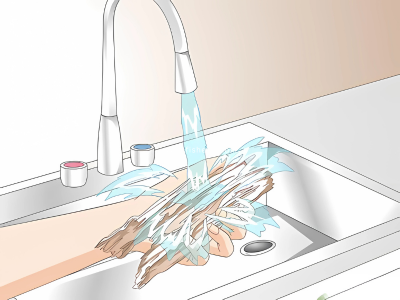
Boil the Driftwood
Boiling the driftwood for at least an hour is a good method for sterilizing it and eliminating any pests or parasites. Boiling will also eliminate some of the excess tannins and reduce the likelihood that the wood will cause the water to discolor too much. Unfortunately, some tannins will always be present and can cause your water to take on a tea-like color, which is safe and can even be beneficial to some fish.

Cure the Driftwood
If the wood continues to float even after soaking, you can submerge it with rocks or some other heavy material. Curing driftwood will allow the tannins to release slowly, so it is recommended that you do this step in a different container before you introduce the wood into your aquarium.
Keep an Eye on Water Parameters
After introducing driftwood to your aquarium, monitor the water parameters closely. The tannins released by the wood can lower the pH and soften the water, so make sure the water conditions remain within the acceptable range for your fish.
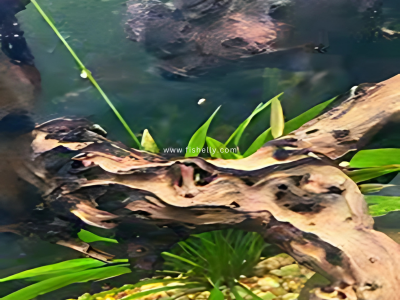
Faq
1. What is driftwood, and why use it in aquariums?
Driftwood is naturally weathered wood that enhances aesthetics, provides hiding spots, and improves water quality.
2. Is driftwood safe for all aquariums?
Yes, but proper preparation is needed to avoid water parameter changes.
3. How does driftwood affect water quality?
It releases tannins, lowering pH and softening water, which benefits certain fish.
4. Can driftwood change water color?
Yes, it can tint water brown, but this is harmless and can be reduced by soaking or boiling.
5. How to prepare driftwood for an aquarium?
Soak, scrub, boil, and cure it to remove tannins and kill bacteria.
6. Will driftwood rot?
It breaks down slowly over years; hard woods last longer.
7. Best driftwood types for aquariums?
Mopani, Malaysian, and Spider Wood are popular choices.
8. Can I use found driftwood?
Yes, but it must be thoroughly cleaned, soaked, and boiled.
9. Do all fish need driftwood?
No, but species like tetras, catfish, and plecos benefit from it.
10. How to stop driftwood from floating?
Soak it for weeks or weigh it down with rocks.
11. Will driftwood harm plants?
No, it supports plant growth and provides attachment points.
12. When to replace driftwood?
Only if it starts decaying or breaking apart.
Conclusion
Driftwood is a versatile and valuable addition to any aquarium. Not only will it make your tank look better, but it also serves a vital function in sustaining the well-being of your aquatic environment. From acting as hiding places for fish to fostering the growth of beneficial bacteria and enhancing water quality, driftwood is an integral component in establishing a natural, thriving aquarium environment. By knowing the various forms of driftwood, its applications, and how to properly prepare it, you can have a smooth and successful incorporation into your aquatic environment.



